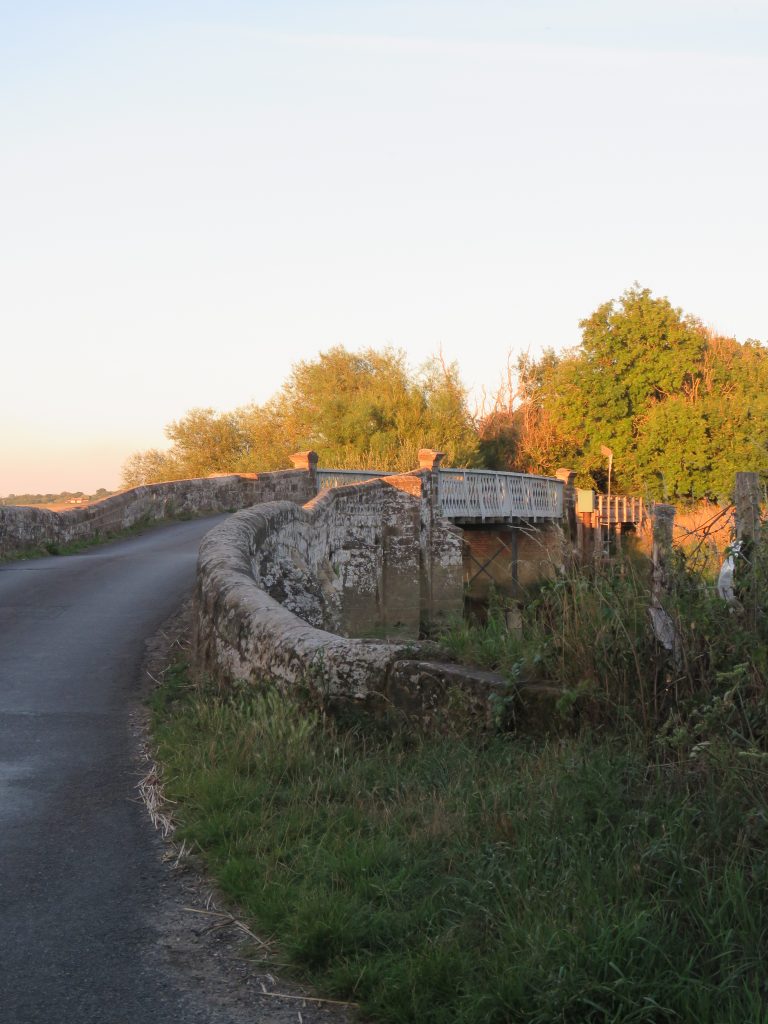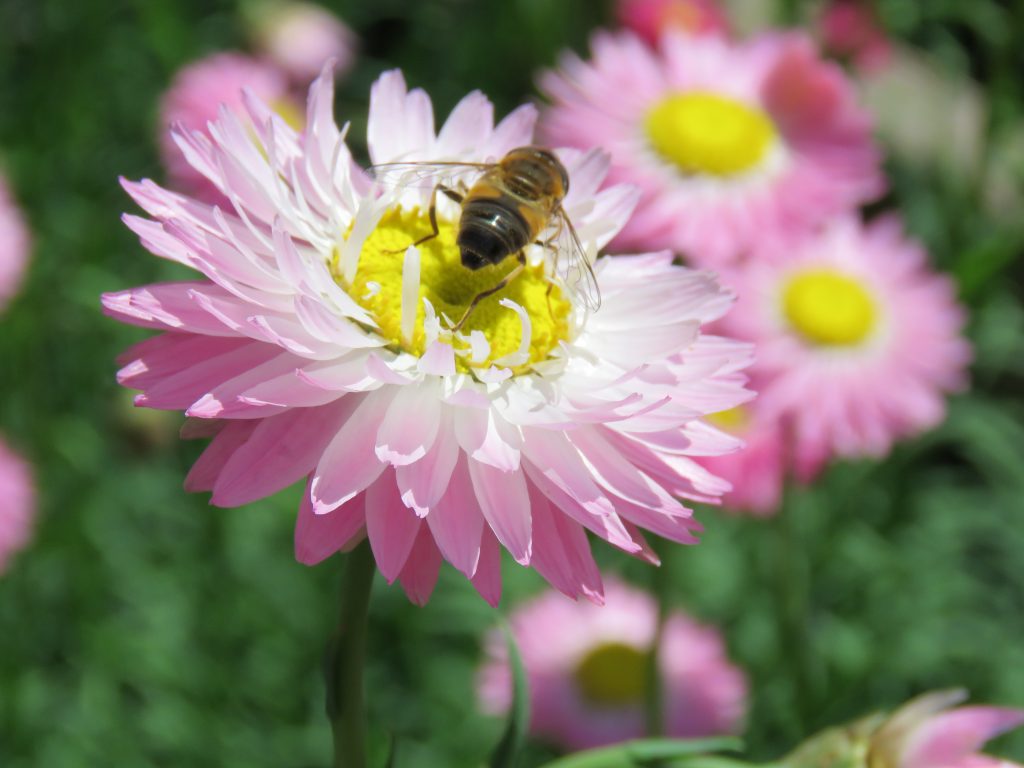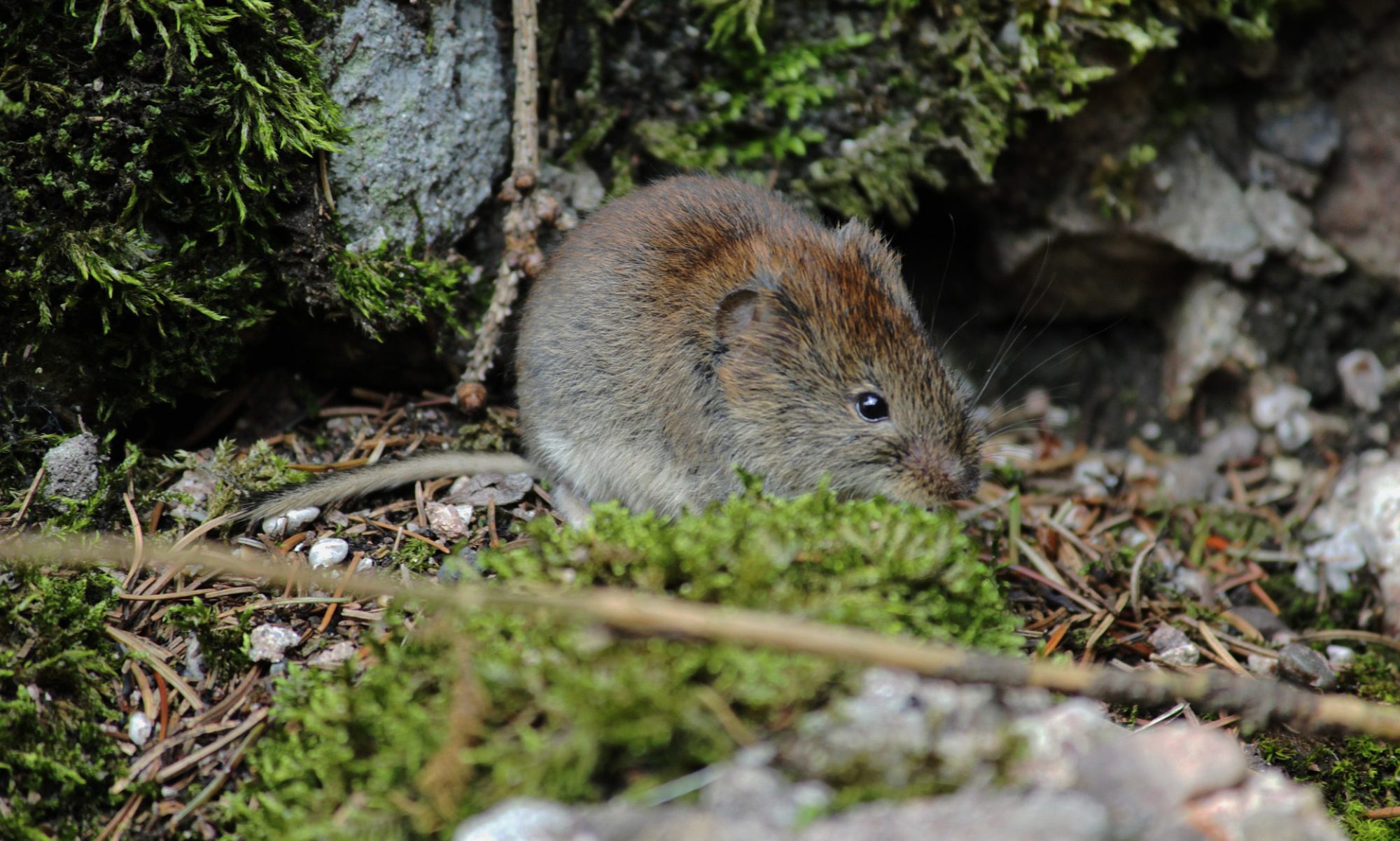Urban areas often experience fragmentation, which is the splitting of habitats into smaller areas. This means fewer species can live in each fragment, as there is less access to food, water and mates.
Illustration of the loss of core habitat (interior habitat) caused by construction of a road through a habitat.

Human activities can cut through habitats, decreasing their area. But the effects are even more complicated than this- many animals need to live in areas that are outwith a certain distance of the edge of the habitat. When we fragment a habitat, a greater area of the fragment is in contact with other areas (an ‘edge habitat’), meaning that some species may struggle to live in these areas.
Wildlife corridors are an important tool for combatting the negative effects of habitat fragmentation. Read on to find out more!
What is a Wildlife Corridor?
A wildlife corridor is an area of land that connects habitat fragments, allowing wildlife to move between these spaces. Because of these connections, fragments can function more like a larger habitat area; more resources are available across this larger area, and so more wildlife can be supported.
Watch this short video for a visual representation of how a wildlife corridor works!
What counts as a Wildlife Corridor?
Basically, anything that can provide a ‘stepping stone’ between habitats! Wildlife corridors can be large, and specially designed. Alternatively, they can be very small. Here are some examples:

Canals were built to allow the transport of goods from one location to another. Now, they allow birds, fish, amphibians and insects to move between bodies of water.

Road verges- whether a quiet country road or a motorway- are a haven for grasses and wildflowers. This is particularly true when councils purposefully plant seeds in these areas! Plants are the basis of food chains, and so allowing these species to spread is very important for maintaining habitats.

Flowerpots and gardens are also a great source of food for a wide variety of insects. Organisms such as bees, butterflies, flies and wasps are all pollinators. This means that they help flowers reproduce, and so are crucial for the health of habitats. Therefore, by helping these insects move between flowers, you are in fact helping an entire ecosystem!
These are just a few examples. During our theme week, we have looked at the importance of hedgerows as a habitat. But these are also critical wildlife corridors! Railways, buildings, avenues and parks are also important wildlife corridors in urban areas.
Humans can also build wildlife corridors! Some examples are:
- Toad tunnels underneath roads
- Putting out food in gardens for wildlife
- Garden ponds
So, to summarise…
Wildlife corridors are areas of land that connect habitats together. They are crucial for combatting the effects human activities are having on the ability of wildlife to move around. Wildlife corridors can be large, or very small. Which means that anyone can help in their creation!

